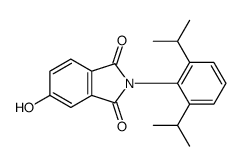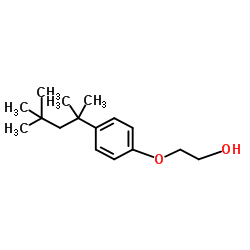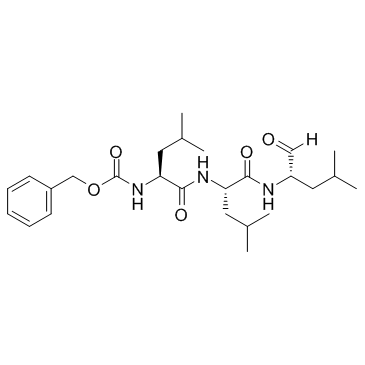| 结构式 | 名称/CAS号 | 全部文献 |
|---|---|---|
 |
甲醛
CAS:50-00-0 |
|
 |
5HPP-33
CAS:105624-86-0 |
|
 |
4-叔辛基苯酚单氧化物
CAS:2315-67-5 |
|
 |
蛋白酶体抑制剂
CAS:133407-82-6 |